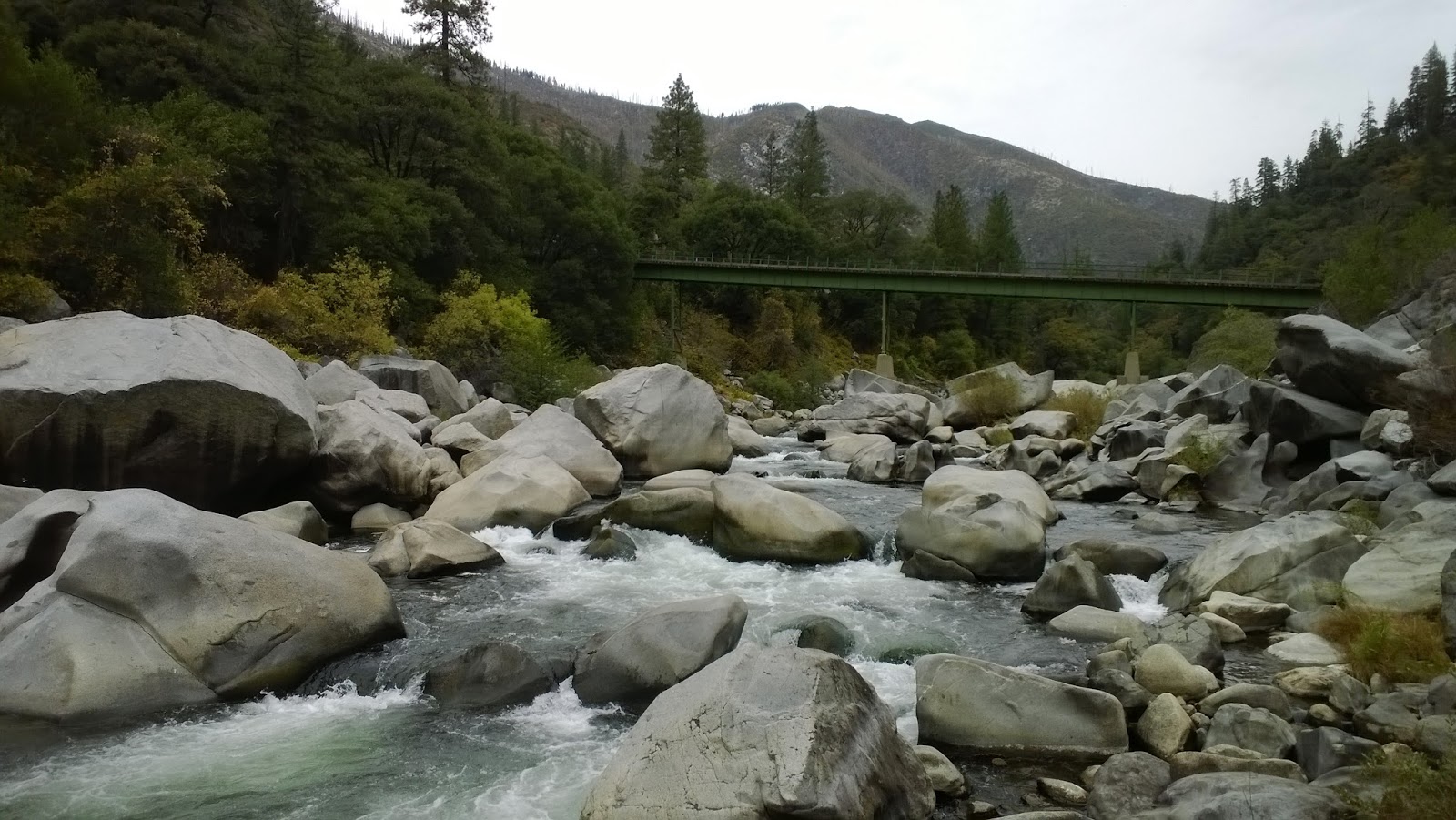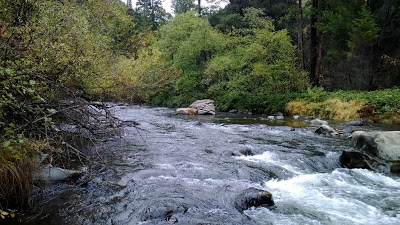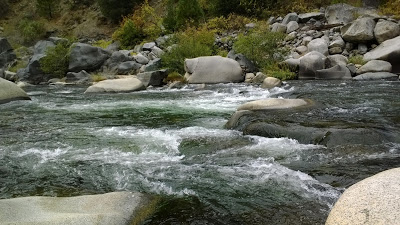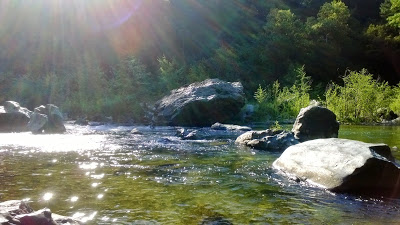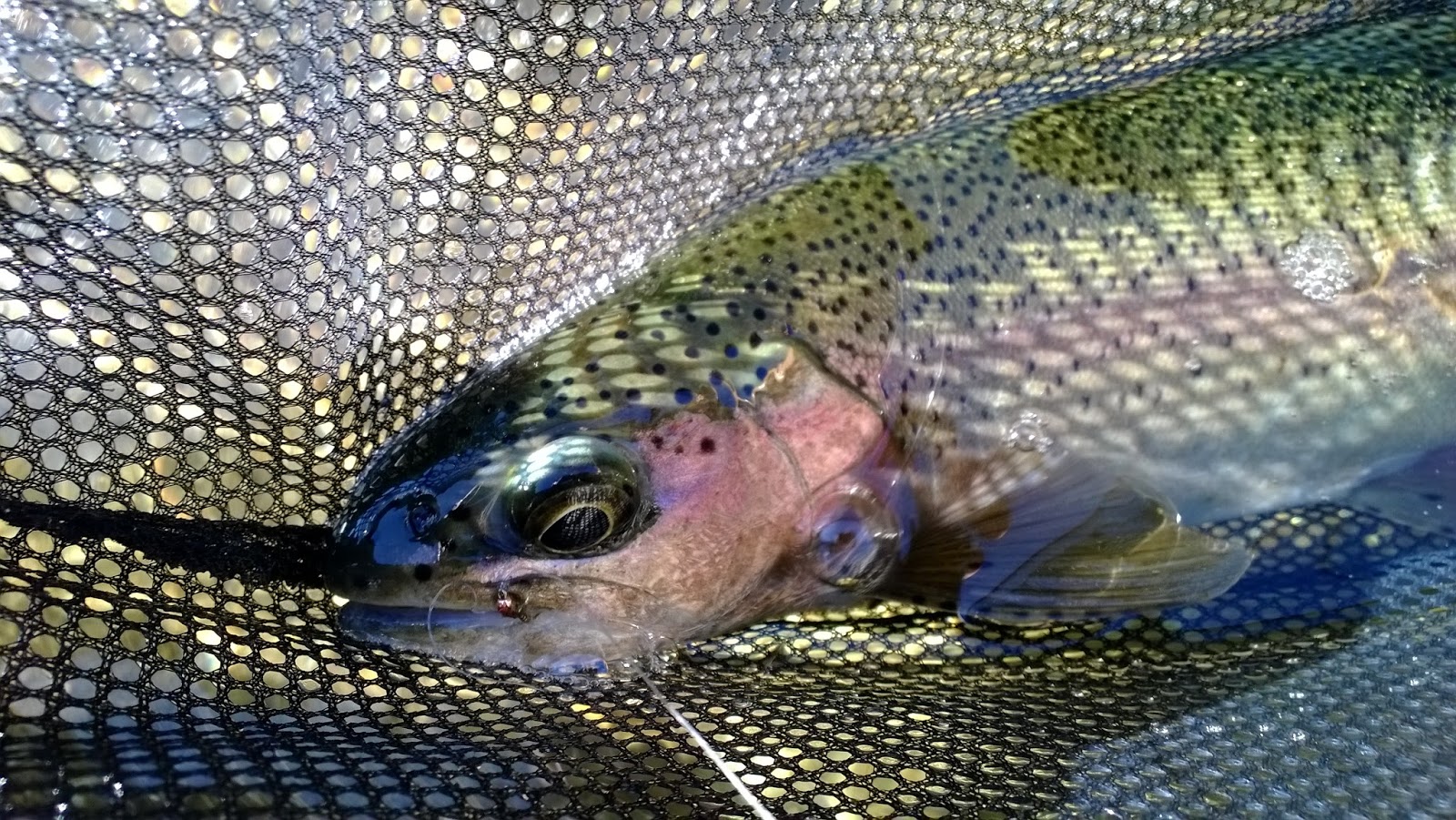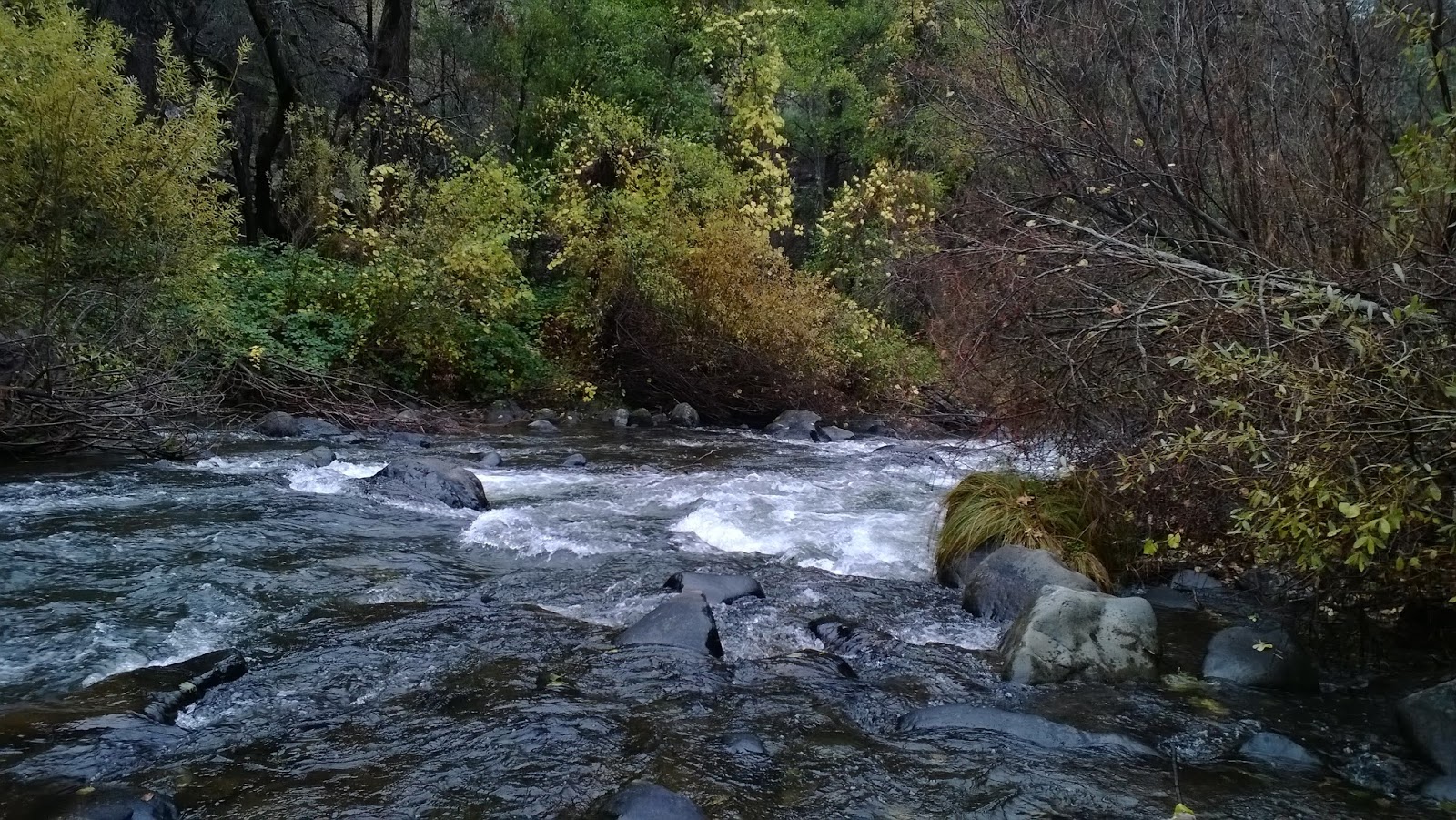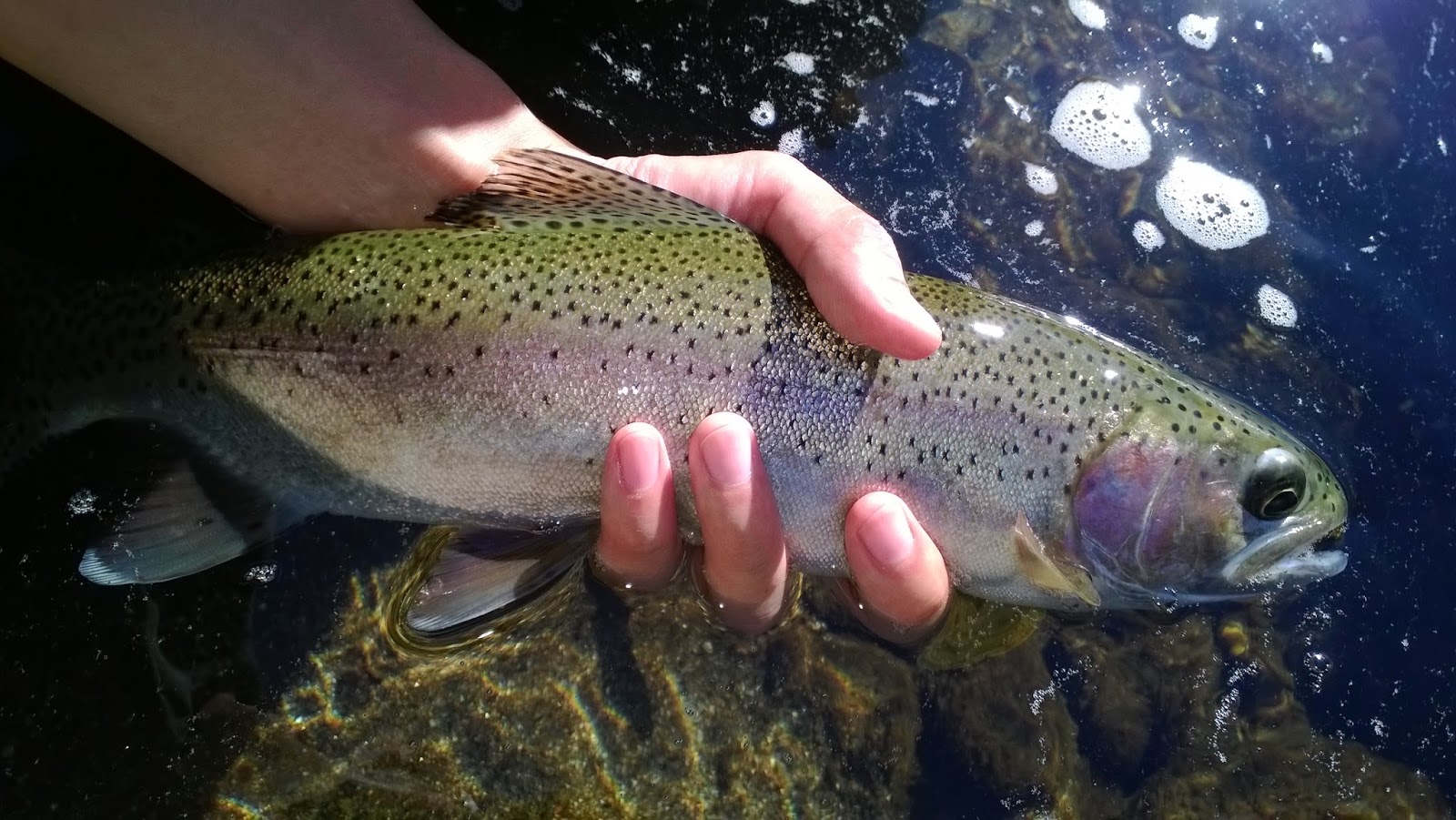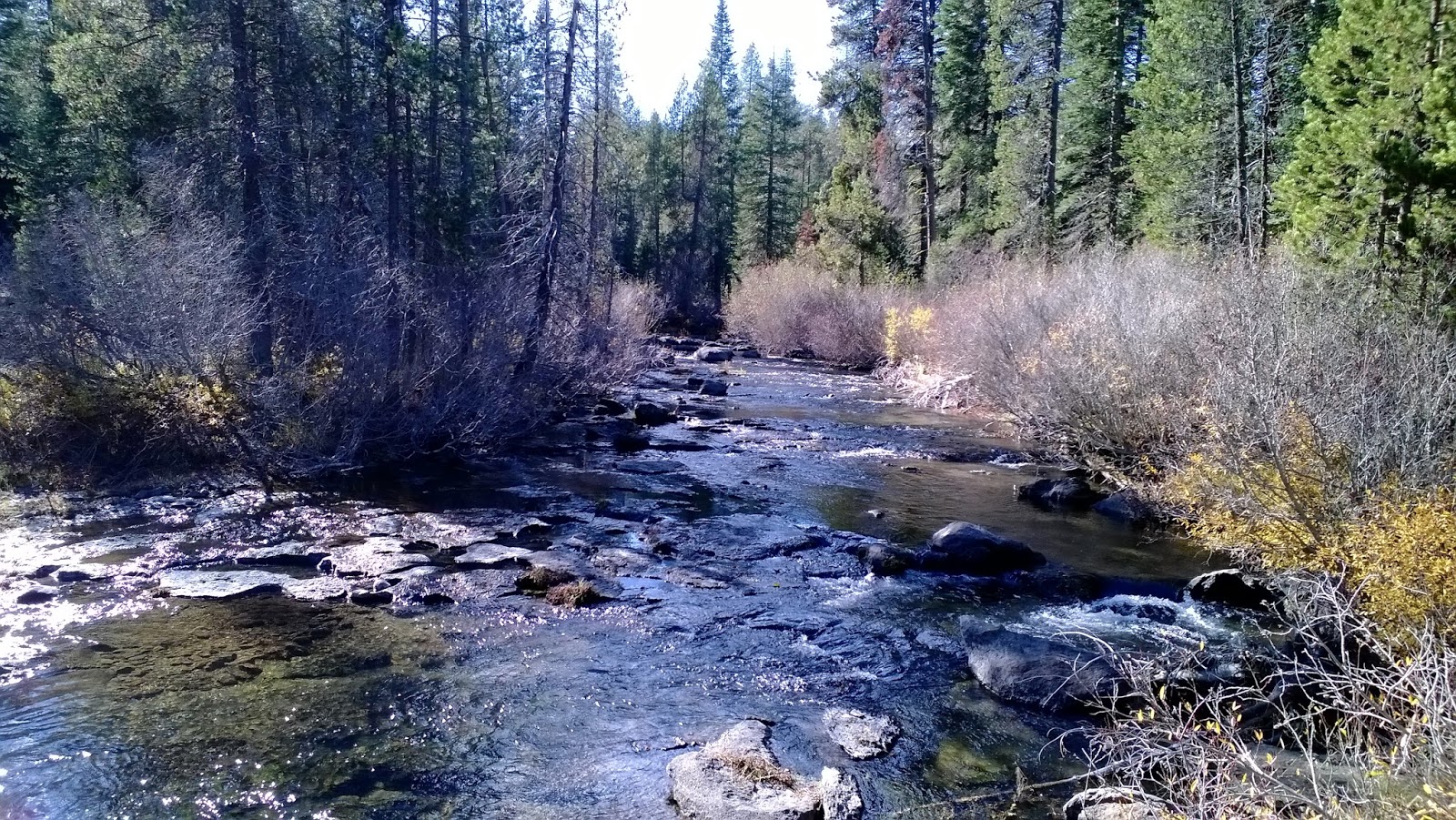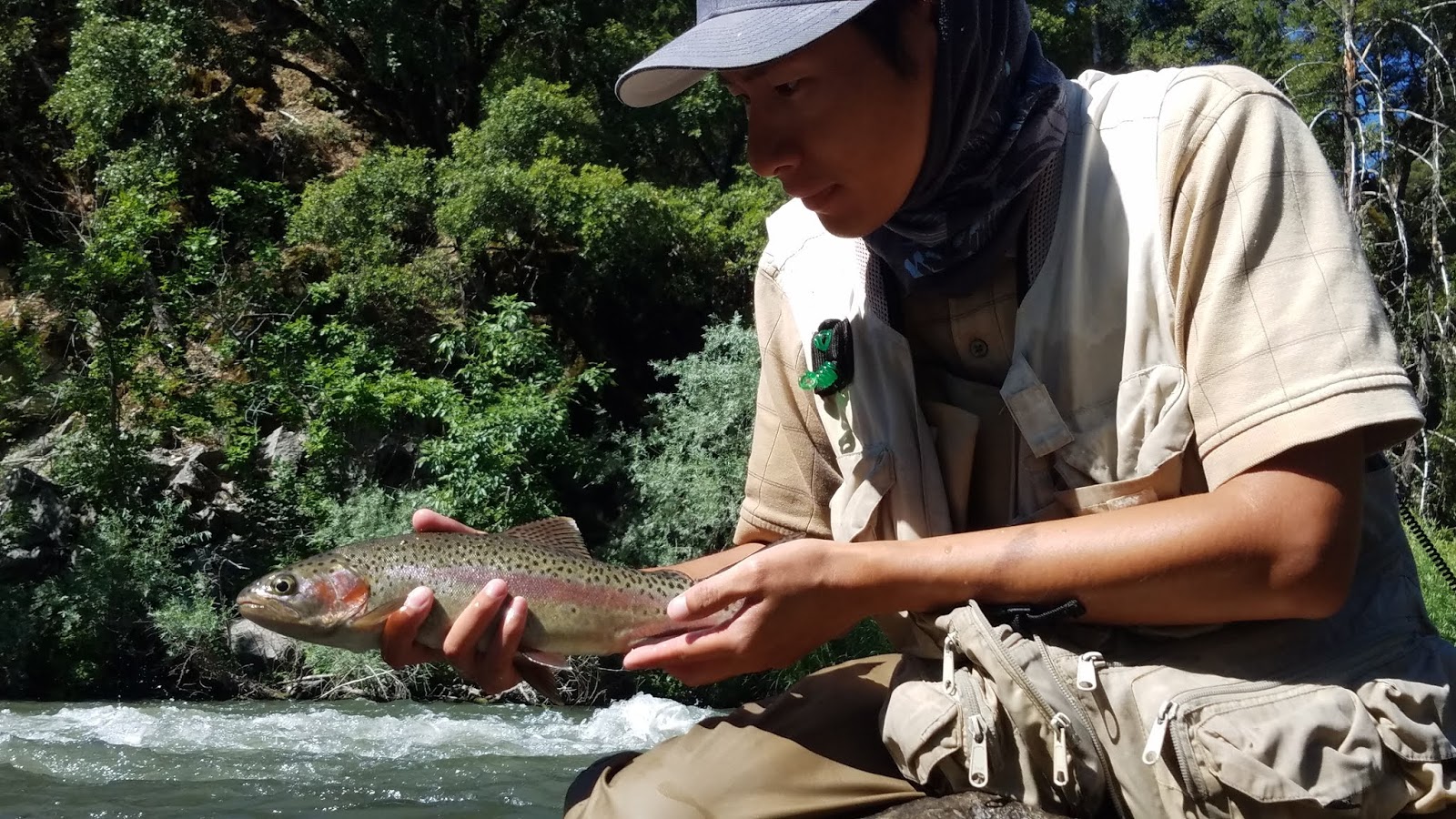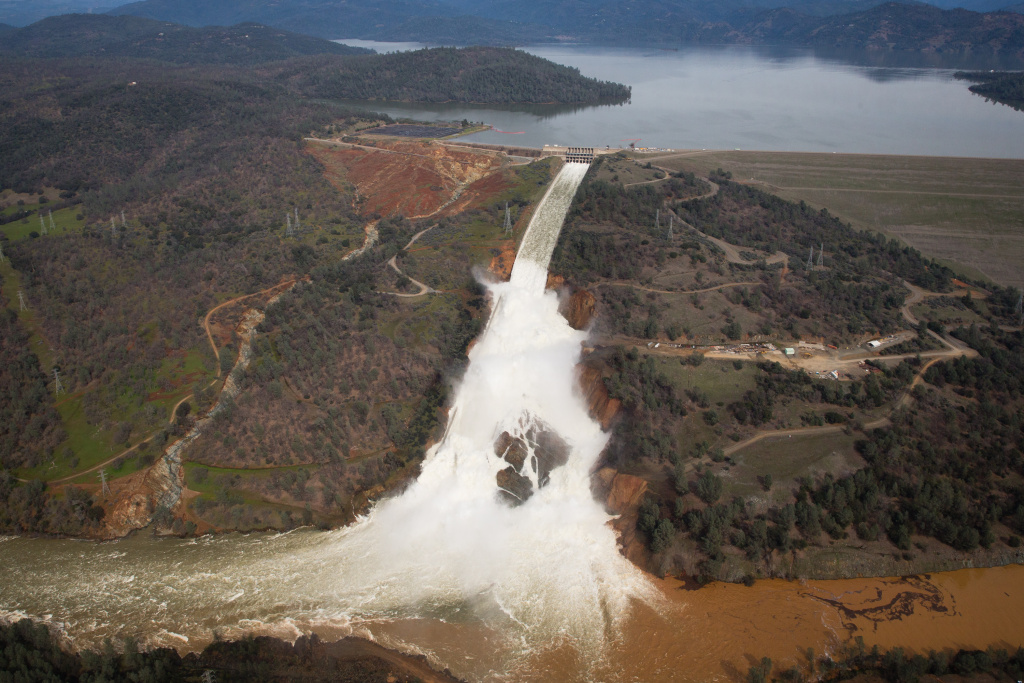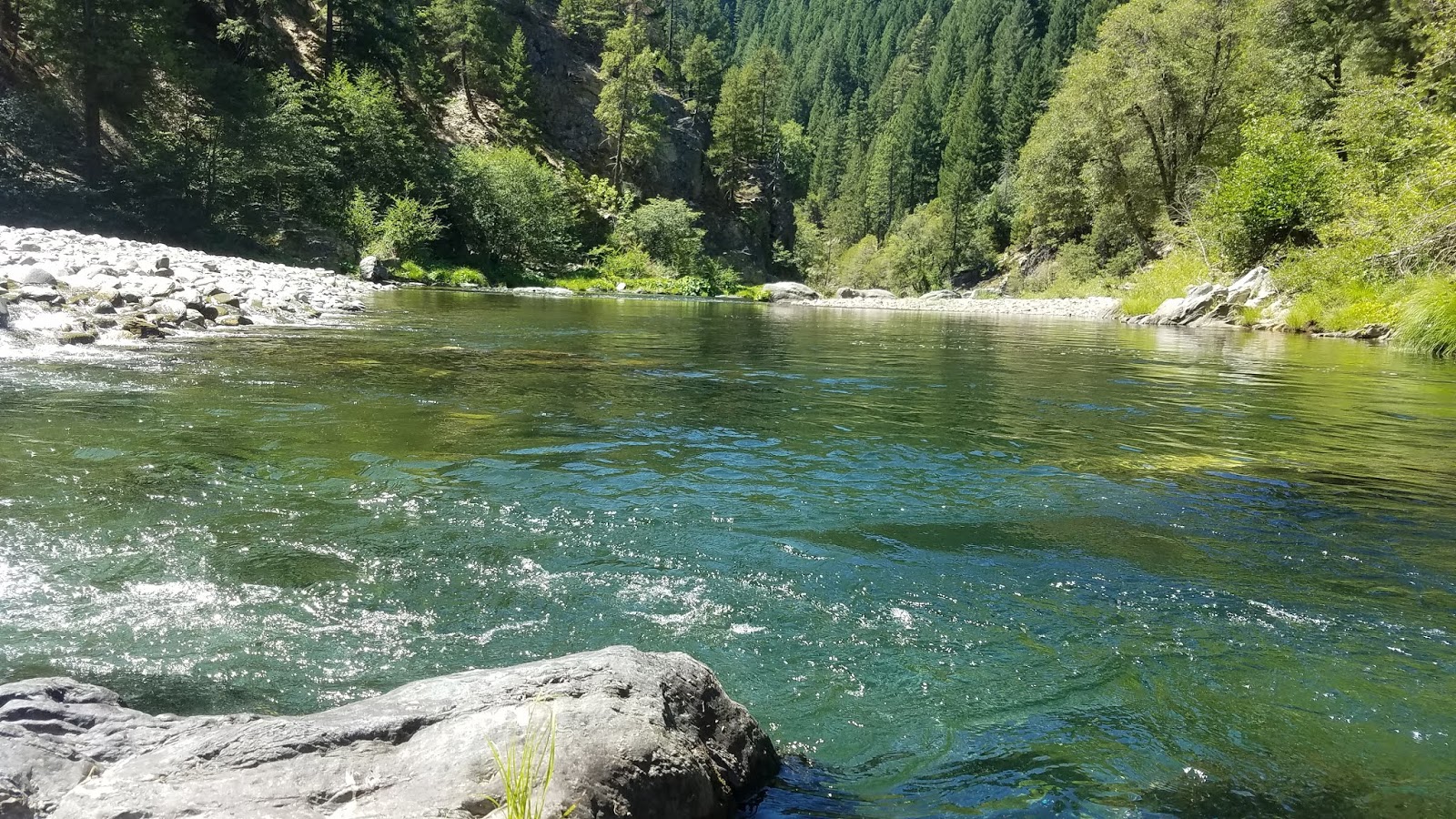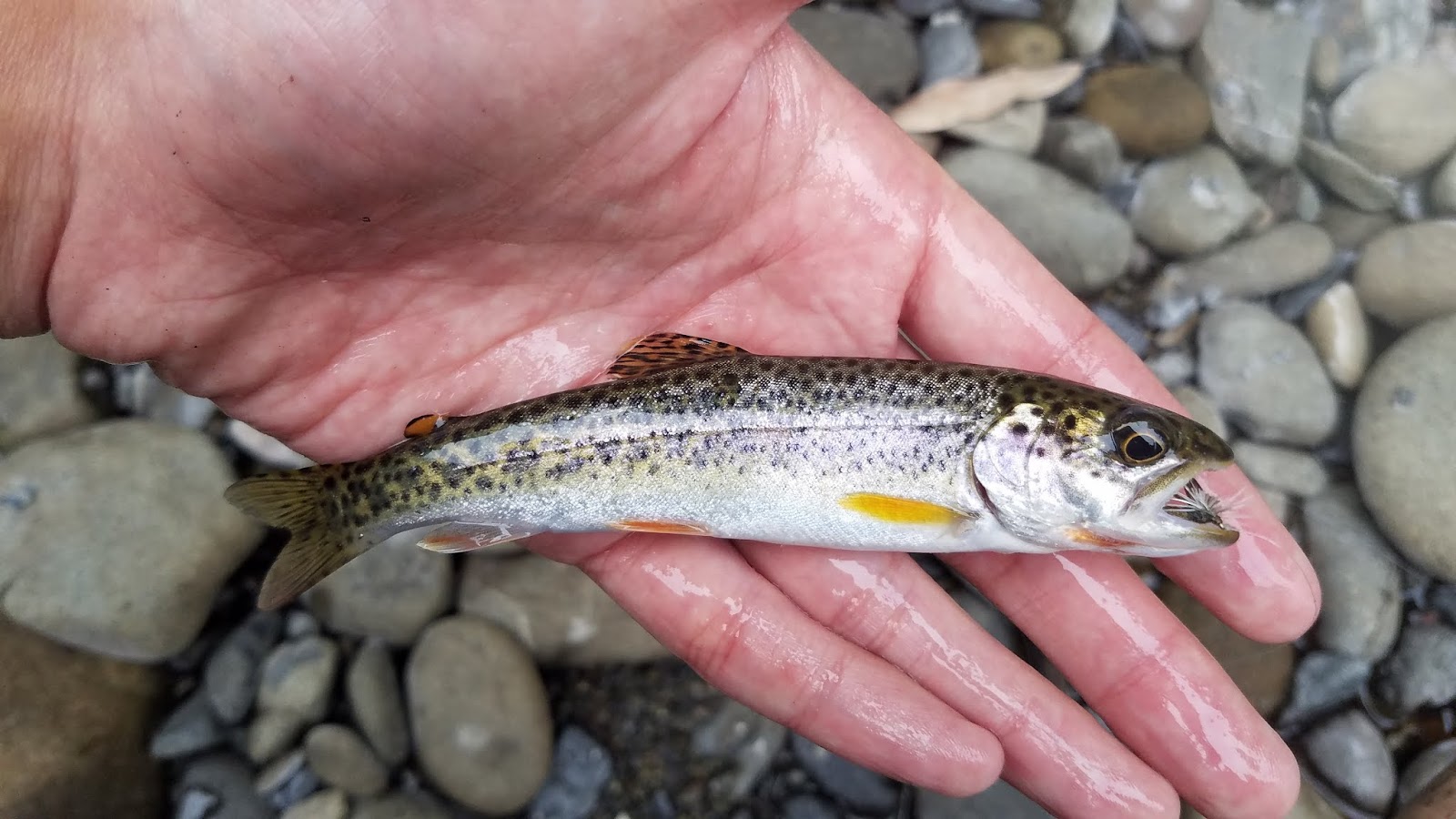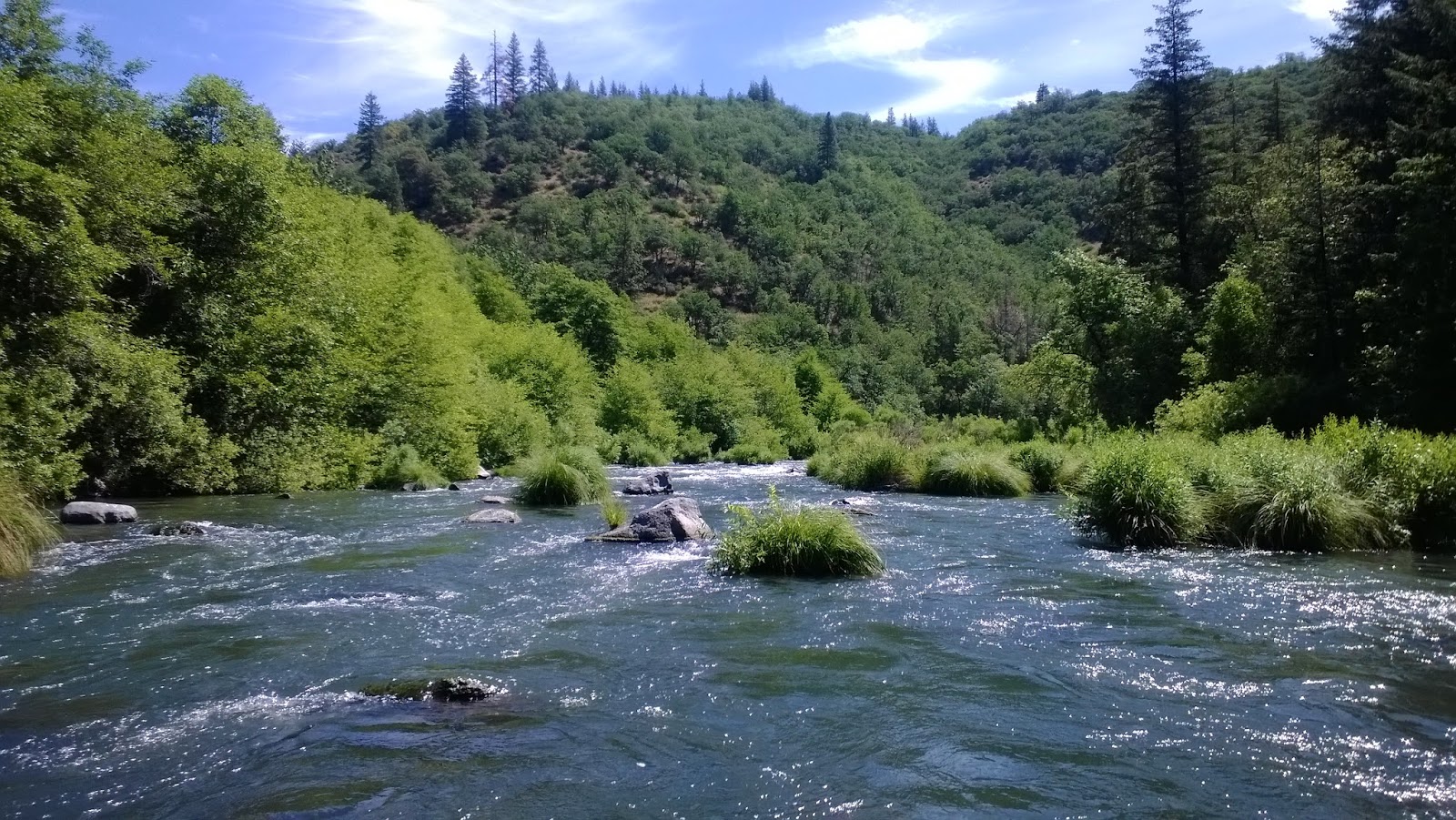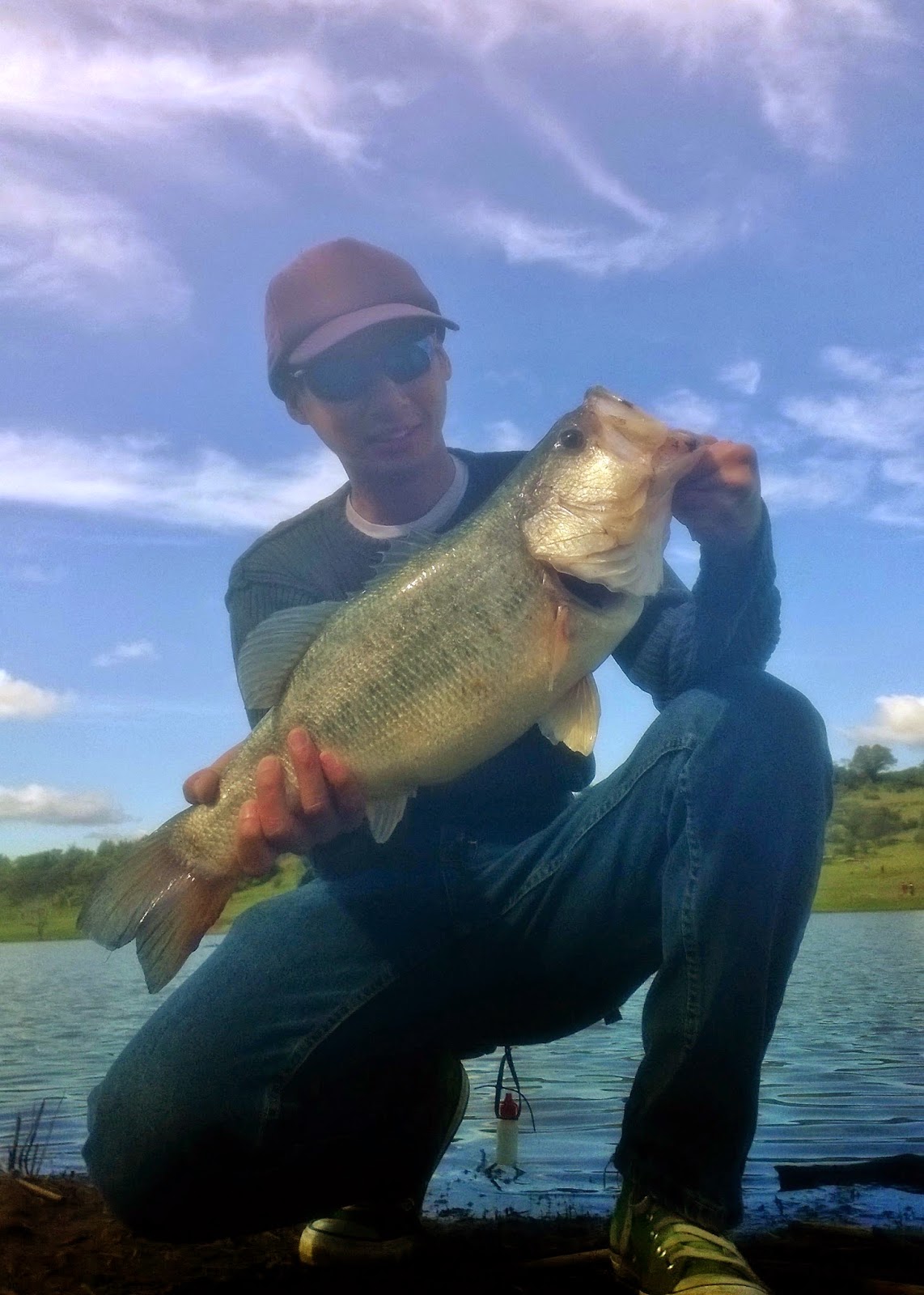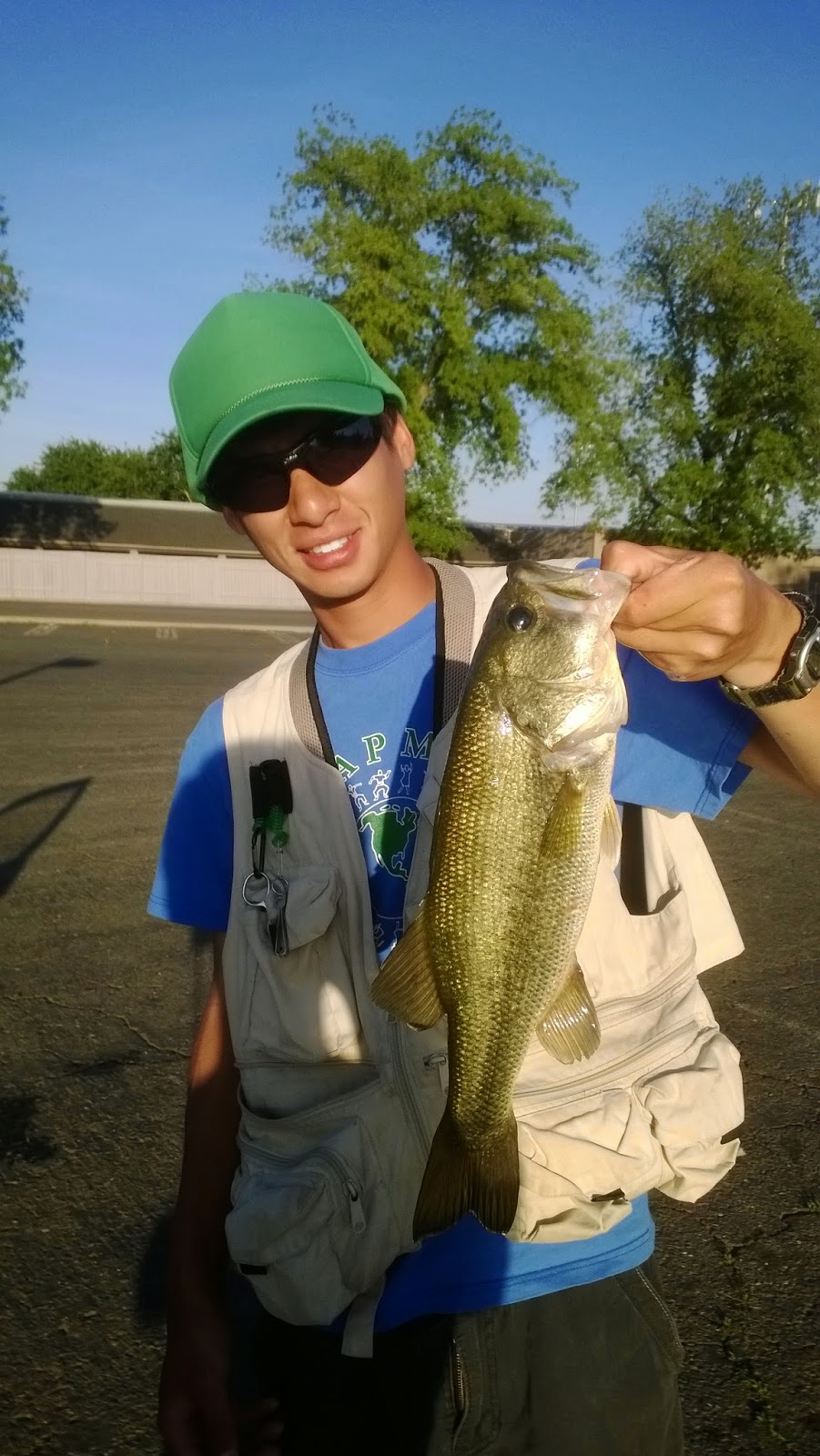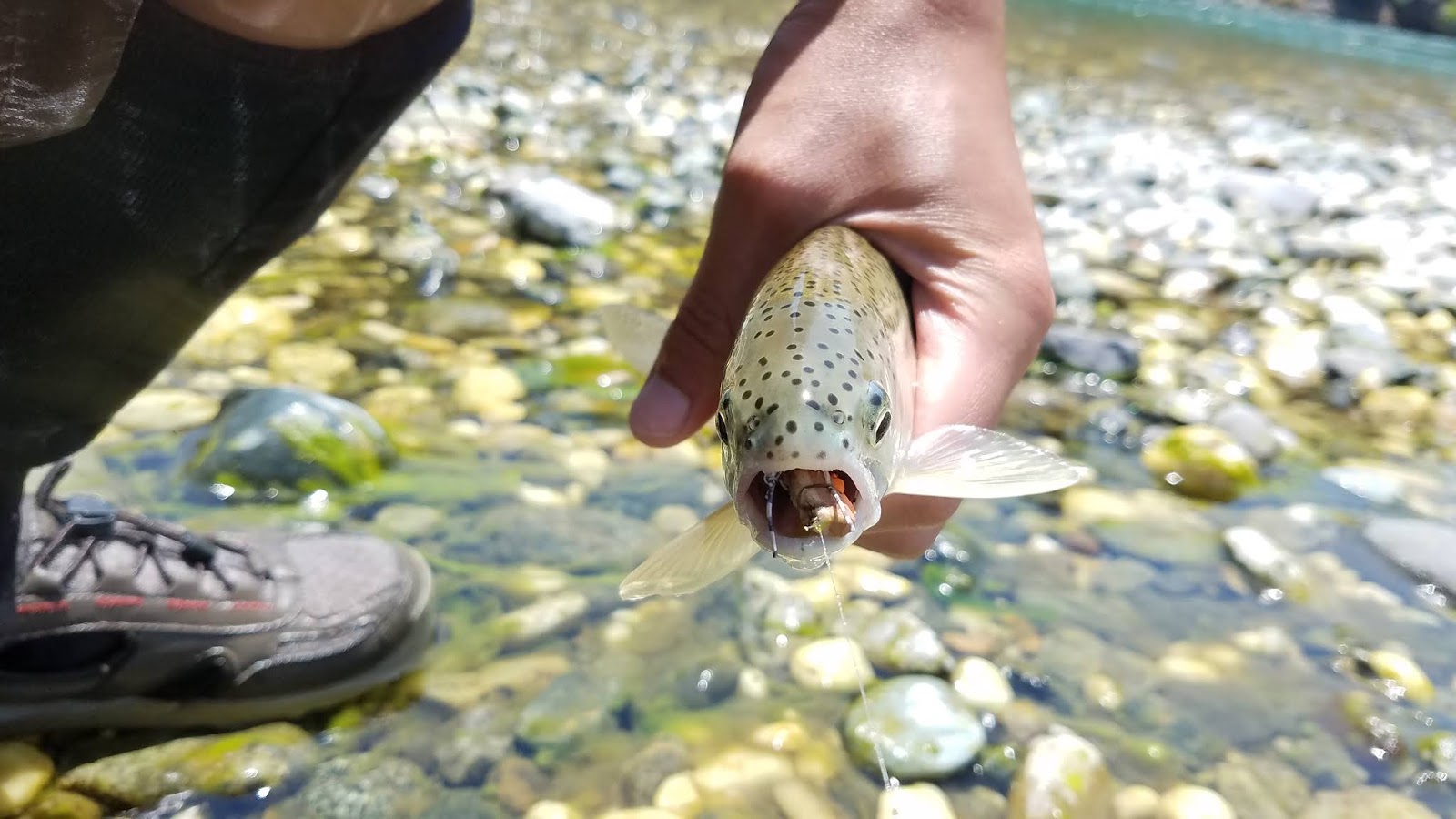The North Fork of the Feather River is comprised of a series of dams and powerhouses starting from below Lake Almanor at it’s highest elevation to its lowest dam, Poe Dam. The NFFR system provides a major source of electrical energy to the valley. Several important tributaries that feed the NFFR are: Spanish Creek, Indian Creek, Yellow Creek, Chips Creek, Rock Creek, Bucks Creek, and Grizzly Creek. The NFFR is easily accessible along HWY 70 and is my second favorite river to fish.
The Upper North Fork of the Feather River above Lake Almanor will not be mentioned in this post.
Open Season
A) From below Lake Almanor downstream to Belden Bridge.
Open from the last Saturday in April – November 15th
*No restrictions. Five fish limit.
November 16th – Preceding last Saturday of April
*Only artificial lures with barbless hooks
*Zero fish limit. Catch-and-release only.
B) From Belden Bridge downstream to Cresta Powerhouse.
Open from Saturday preceding Memorial Day – last day of February
*Only artificial lures with barbless hooks.
*Zero fish limit. Catch-and-release only.
C) From Cresta Powerhouse downstream to Lake Oroville.
Open from the last Saturday in April – November 15th
*No restrictions. Five fish limit.
November 16th – Preceding last Saturday of April
*Only artificial lures with barbless hooks
*Zero fish limit. Catch-and-release only.
Access Points
There are several access points and turnouts along HWY 70 where you can park and hike down to the river. I will focus on the key access points that are more popular.
The first and most accessible stretch is from Belden Forebay to Belden bridge. Caribou Road follows the NFFR and provides several turnouts and campgrounds where anglers can easily access the water.
This section of the river is a put-and-take fishery that is stocked during the summer with catch-able sized rainbows. This section is the only section of the NF where you can keep fish. Like most put-and-take fisheries, if this stretched is overfished expect a very slow day.
This is the easiest stretch of the NFFR to wade. There are many pools and pocket water that will hold both wild and stocked holdover fish year around.
The small town of Tobins and Storrie along HWY 70 is the next best access point. There are several turnouts on the southbound lane of HWY 70 where you can park and access the river.
This stretch contains the fast, deep, boulder-infested, pocket water the NFFR is known for. Be cautious and careful when fishing this stretch of the river.
The stretch of the NFFR that flows along the small town of Pulga is the last access point to the North Fork.
The town of Pulga changed ownership in 2015 and has been revitalized as a vacation property. Due to the Camp Fire in 2017 please be respectful of the area.
Park on the gravel at the very end of Pulga road and do not park across the railroad tracks. Caltrans and Union Pacific uses this road very often so please do not block the road.
This is one of the few stretches of the river where you can wade around if you choose to do so. Similar to the Pit River, expect tough wading and slippery boulders full of snot.
Seasons
Winter
During the winter these trout will be lethargic and feeding on small BWOs and midges. If there is enough surface activity during warm and overcast days in the winter these trout can be caught on small midge and BWO dry fly patterns.
Look for winter bows in the slower sections of the river. The water is super cold during the winter so dress according.
Spring
In the spring, caddis, mayflies, and stoneflies will start becoming active. The first insects that will begin emerging will be mayflies followed by caddis and then golden stones by May/June. March – June is the best time to fish the NFFR before it comes too warm.
Spring time is the best time of the year to throw dry flies on the NFFR. With adult caddis and golden stones fluttering around the river, the trout will be looking up for them.
Swinging emergers for a nice strong tug is also a very successful tactic this time of year.
Summer
In the summer water temperatures can warm up to the mid-70° mark which is not ideal for trout. Smallmouth bass, hardhead, and pike minnow become the dominant species throughout the north fork during this time of year. For trout the best option in the summer is to either fish below the tributaries that provide cold water, the fast and oxygen rich water, or the many tributaries.
Fall
The fall is the best time of the year to fish the NFFR. The NFFR’s biggest attraction use to be the isonychia/slate drake hatch in September through November; however throughout the years this hatch is no longer as prominent as it once was. The fish will still key the isos but not to the degree that they use to.
Strategies that were successful in the spring will also work for the fall. Just change the bugs around a bit.
Don’t be so surprised when you find that you have the whole river to yourself.
Fish Species
Rainbow trout
Smallmouth bass
Hardhead
Pike minnow
Sacramento suckerfish
Gear
5WT 6WT
Floating fly line
9ft – 12ft taper leaders in 2x or 3x
Plenty of split shots
Landing net
Wading staff
Fly Patterns
- Nymphs
- Pheasant tail #12 – 18
- Hare’s ear #12 – 16
- S&M nymphs #12 – 18
- Rubberleg stonefly #4 – 6
- AP nymph #12 – 16
- Copper John #12 – 16
- Isonychia nymphs #8 – 10
- Zebra midge #12 -16
- Wet Flies
- Moorish dirty bird #12 – 16
- Bird’s nest #12 – 18
- Dry Flies
- EC caddis #12 – 16
- EH caddis #12 – 16
- Stimulators #4 – 8
Techniques
The NFFR is a tight-line nymphing paradise. The trout in the NFFR love to feed in the fastest most oxygenated water therefore you’ll need to get your flies down and fast. To find these rainbows, fish the fast white water riffles, soft seams, and deep tailouts and runs. Remember to adjust your weights in order to get to where the fish are. 90% of the fish are in 10% of the water on the NFFR. Many areas of the river look like they hold fish but don’t. Keep moving until you find them.
Do not underestimate this river! Most of the NFFR is made up of very deep holes and runs surrounded by boulders the size of small cabins. Boulder hopping and bushwhacking are the primary methods of getting up and down the river. Make sure you are fit and confident enough for this fishery as it is not easy to get around the river. Avoid wading as much as possible, bring a wading staff, and good footwear. Be cautious of areas where you can lose your footing such as loose rocks on banks and slick rocks in and out of the water. Take each step carefully and always plan one step ahead.
Below Rock Creek Dam optimum flows are 300 CFS – 500 CFS.
Below Grizzly Creek optimum flows are 300 CFS – 700 CFS.
Below Poe Dam optimum flows are 200 CFS – 350 CFS.
This is from my experience comparing the gauges to when I’ve been out there. This may not be accurate when creeks, springs, and the powerhouses are running as they can add more water to the river that can’t be detected at the gauge points. Note that for a few weekends every summer and fall there is a whitewater release below Rock Creek Dam increasing the flows to +1,000 CFS. I typically google “PGE whitewater release north fork feather river” to find this information before heading out as there is never a good single source to find when this happens.
NFFR rainbows get their big shoulders from bucking heavy current all year around and will give you a good strong fight. Landing these beautiful bows can be very tough especially if you’re fishing the faster and deeper runs or riffles. These fish will run into crevices, make you chase them downstream, and may put you in a spot that you don’t want to be in. Once hooked, plan on how you are going to land the fish. Leading the fish into slower moving slots is a good strategy.
